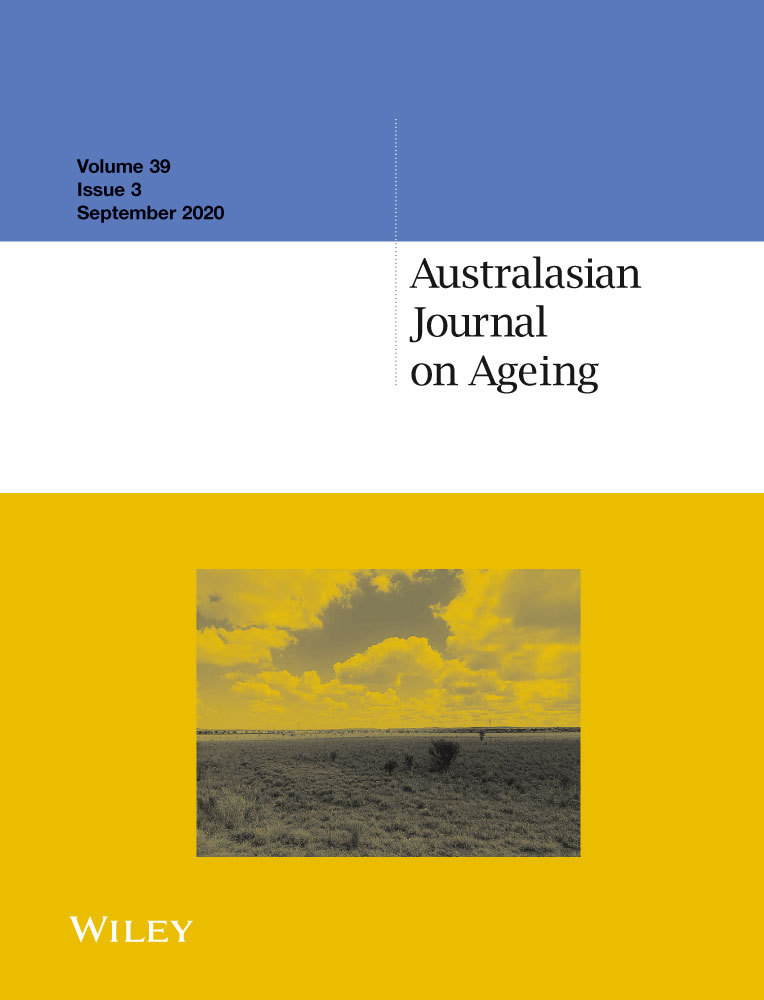Geo-mapping of young people in residential aged care
Funding information
None.
Abstract
Objective
Reducing the need for permanent accommodation in nursing homes (residential aged care services) for young people is a major challenge in Australia and internationally. This study investigated the use of innovative geo-mapping strategies to describe the geographical distribution of young people living in residential aged care services (RACS).
Methods
Geographic Information System software was used to generate 13 choropleth maps using data from the Australian Institute of Health and Welfare. Geographically specific characteristic descriptions of young people living in RACS were completed according to prevalence, remoteness, age (0-49 years and 50-64 years), sex, medical conditions and care requirements.
Results
These geospatial visualisations showed that regional areas were over-represented for young people living in RACS and that the distribution has changed over the past decade. Many areas experienced increases in numbers, particularly in south-eastern regional Australia.
Conclusion
Geo-mapping provides useful information for the development of targeted programs and services.
CONFLICTS OF INTEREST
No conflicts of interest declared.




